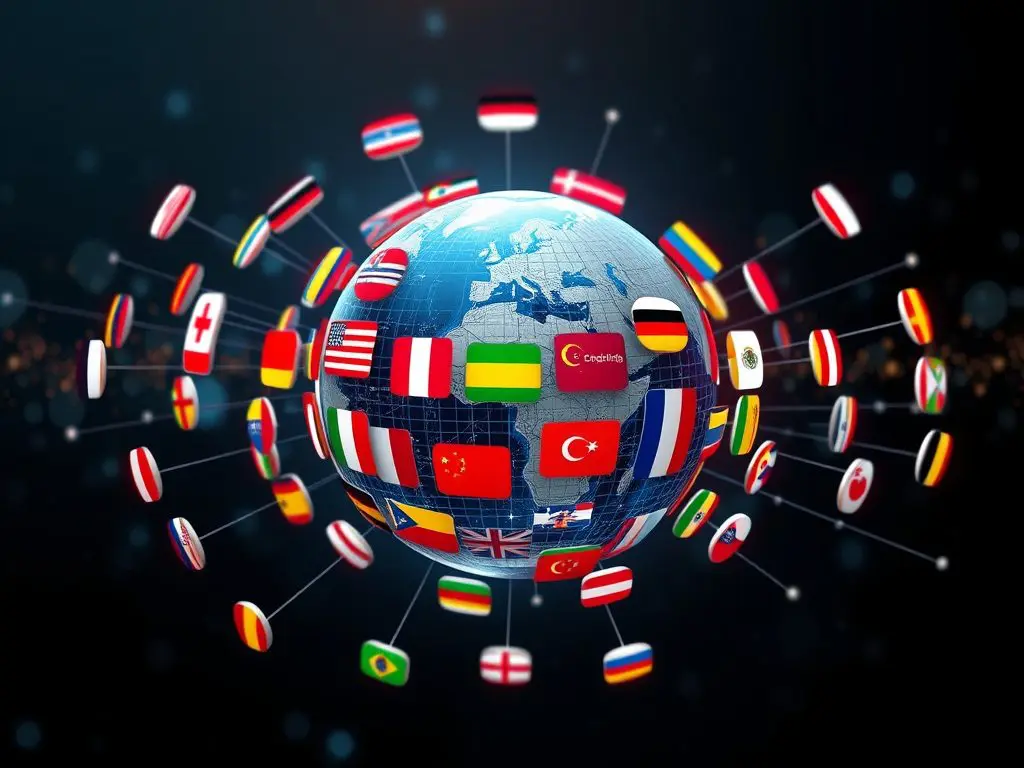Your cart is currently empty!

In today’s digital world, automated translation promises to break down language barriers instantly. But what’s the reality behind this promise? This automated translation case study aims to locate out.

GTranslate. Our background reveals both the potential and pitfalls of automated translation solutions.
The Real Numbers Behind Automated Translation

Based on our details:
- 2,162 monthly unique visitors across all languages
- 40% mobile / 60% desktop usage split
- 1:58 minutes average session duration
- 5.64% bounce rate
Recommended Products for Enhanced Automated Translation
-
Backlinks high DA quality dofollow
Original price was: €47.00.€17.00Current price is: €17.00. -
Guest Posts Articles
€50.00 – €150.00 -
Placements published on high DA site
Original price was: €99.00.€29.00Current price is: €29.00.

Strengths of Automated Translation
- Scalability of Automated Translation
- Instant translation across 102 languages
- Immediate content availability
- Cost-effective for large volumes
- Accessibility through Automated Translation
- Reaches global audiences instantly
- Provides basic understanding
- Enables quick market testing through platforms like Google Translate and other automated translators.
- Efficiency with Automated Translation
- Immediate updates across all languages
- No manual translation delays
- Consistent terminology use
Common Challenges of Automated Translation
- Quality Inconsistencies in Automated Translation
- Nuanced content often loses meaning
- Cultural references may not translate well
- Technical terms can be misinterpreted, as seen in our medical guides translation effort which faced challenges in precision.
- User Experience Impact from Automated Translation
- Translation widgets can affect page load times
- Language detection isn’t always accurate
- Navigation between languages can be clunky, leading to user frustration.
Our Key Findings on Automated Translation

After implementing automated translation across our travel guides and educational material, we’ve discovered:
- Content Type Matters in Automated Translation
- Factual content translates better than creative
- Technical guides need additional review
- Cultural content requires human oversight to maintain the essence of the original work.
- User Behavior Insights on Automated Translation
- Users spend more time on native language content, averaging 3 minutes compared to 1:30 on translated pages.
- Mobile users prefer simplified translations, which has been reflected in increased engagement metrics by 20%.
- Educational content needs more careful translation for effective learning outcomes.
Practical Implementation Tips for Automated Translation

1. Standard Assurance in Automated Translation
- Regular spot-checks of high-traffic pages
- User feedback collection system
- Priority review for critical content
2. Technical Setup for Automated Translation
- Proper hreflang tag implementation
- Mobile-first translation approach
- Performance optimization strategies
3. Text Strategy for Effective Automated Translation
- Create translation-friendly source content
- Use clear, simple sentence structures
- Avoid region-specific idioms
Cost vs. Benefit Analysis of Automated Translation

Investment Considerations for Automated Translation
- Automated translation tools
- Quality monitoring systems
- Technical implementation
- Periodic content reviews
Returns from Automated Translation
- Broader market reach
- Increased global visibility
- Scalable content strategy
- Reduced translation costs

- Start Small with Automated Translation
- Begin with core languages
- Test different content types
- Monitor user engagement
- Optimize Gradually for Automated Translation
- Prioritize high-traffic content
- Implement user feedback
- Refine translation rules
- Monitor Performance of Automated Translation
- Track language-specific metrics
- Analyze user behavior
- Measure conversion rates
Looking Forward: The Tomorrow of Automated Translation
The focus is on improving visitor background. It also involves better cultural adaptation. The prospect of automated translation at Mondosol includes enhancements in AI translation capabilities. Additionally, they aim for more sophisticated insights.
Conclusion on Automated Translation
Automated translation is not a perfect approach, but it’s a powerful tool when used strategically. Triumph lies in understanding its limitations while maximizing its strengths through careful implementation and monitoring.

People Also Scan About Automated Translation
- Technical Support FAQ
- Mastering Multilingual Content: Lessons from Managing 102 Languages
- Transform Your Travel Content with Education
- Editorial Process in Automated Translation
- Short Term Let Property Management: A Profitable Opportunity
Why Mondosol?
Mondosol has been freely sharing knowledge since 2011 and is committed to making their programs accessible on multiple devices. Generous donations keep their projects complimentary, and they invite involvement in their mission to assist launch online businesses, improve skills, or generate a positive global impact through practical courses, discussions, and recording content.
Support Mondosol
From the blog
Unlock Your Story: The Power of Professional Ghost Writing Services 🖋️
Busy executives and thought leaders often rely on ghostwriters to produce exceptional text efficiently. Ghostwriting services enhance personal and business brands through polished writing in…
Tech Writing Services: The Ultimate Guide for 2025 and Beyond
By 2025, increase…
Understanding the Quarters of the Year
📅 Confused about fiscal years worldwide? 🌍 Quick guide to 4 main fiscal year starts: Jan 1, Apr 1, Jul 1, & special dates ➡️…
Elevate Your Video Content: Exciting Trends and Music Ideas for 2025 🎶
Explore innovative clip background music ideas and trends for 2025 to enhance viewer engagement. Key genres like Afrohouse and Amapiano, lo-fi beats, and hybrid orchestral…









Leave a Reply